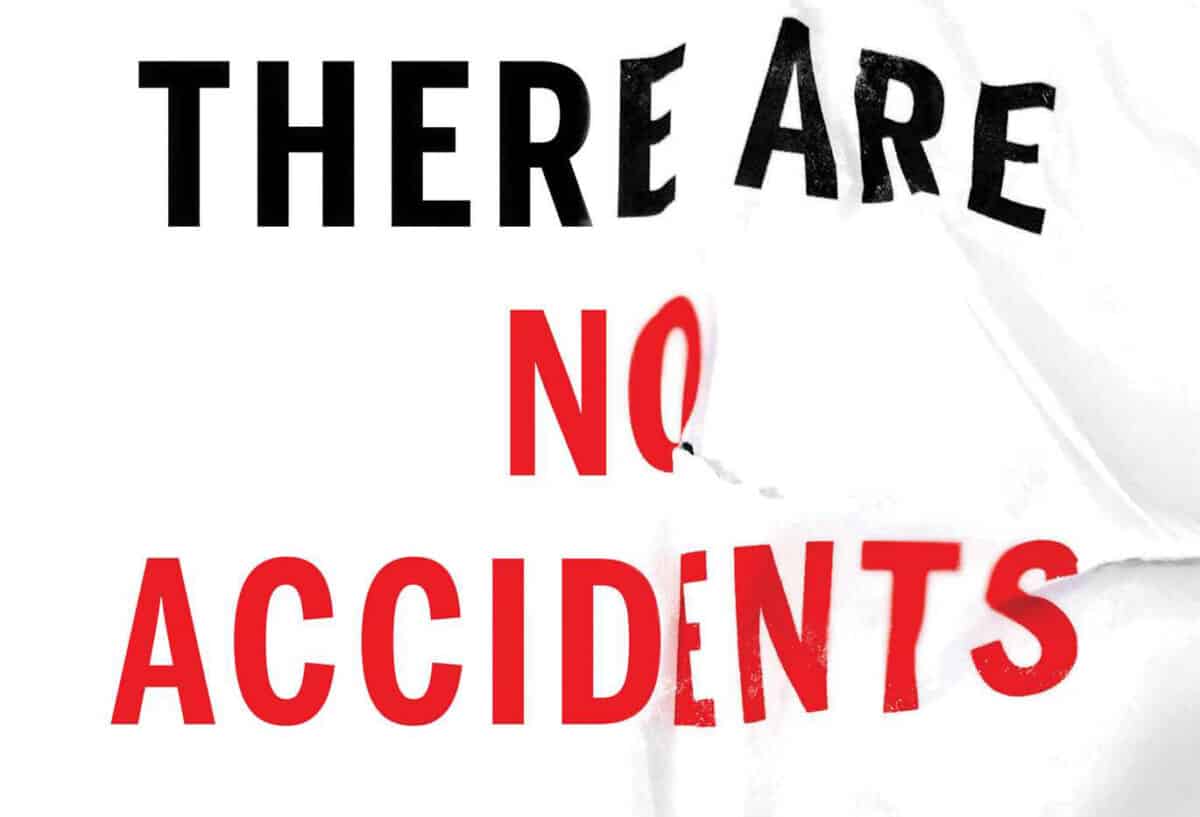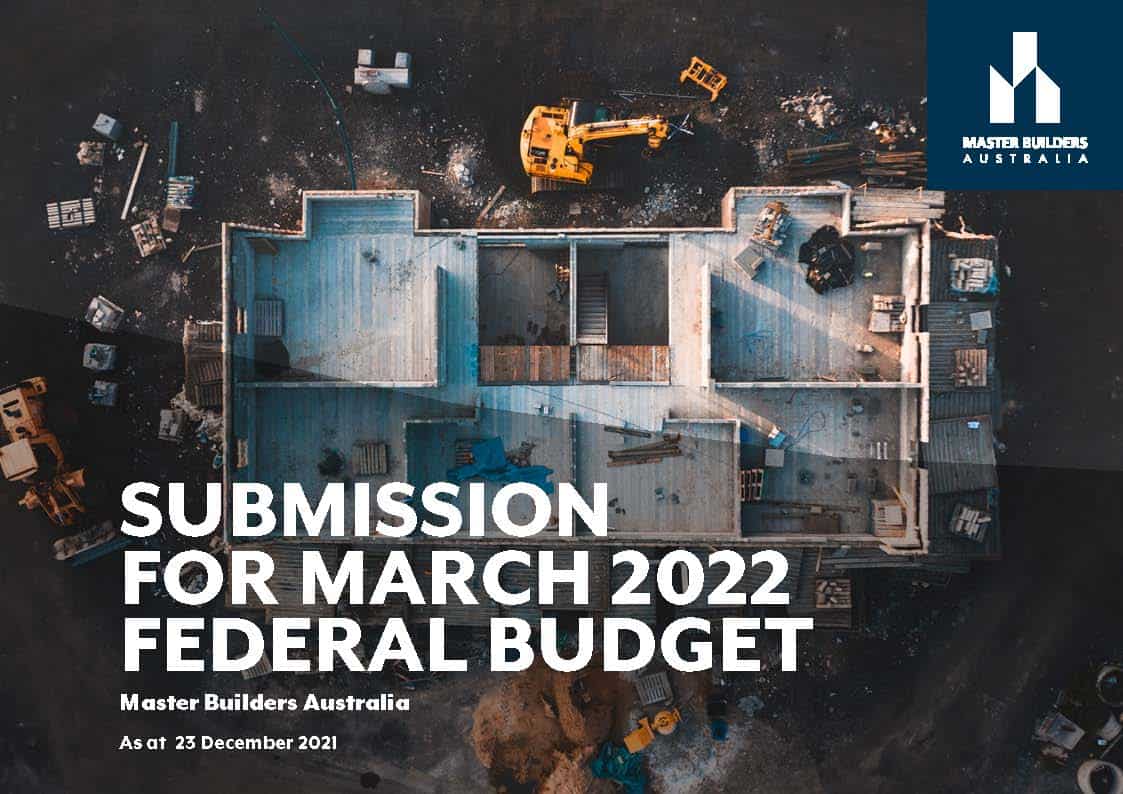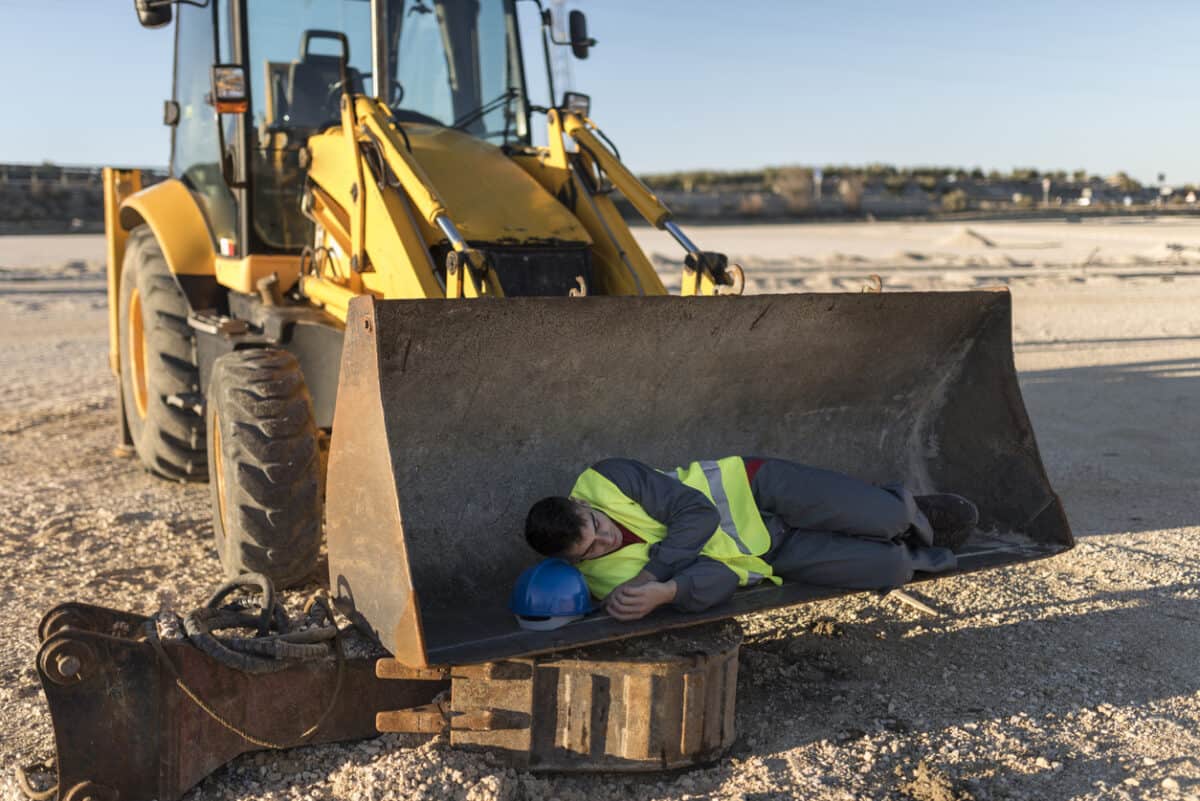Occupational health and safety (OHS) should prevent any of its conference speakers from ever using the image of an iceberg or a triangle to illustrate managerial theories. The images are valid but have been done to death in conferences over the last decade.
I came to this position when recently reading a very short article on Systems Thinking by Veronica Hotton in Dumbo Feather magazine. Hotton used the iceberg as a visual metaphor for what can be seen and what is less visible but equally influential and much larger than the visible top.
Her article is a very good, succinct explanation of systems thinking for the general reader, but I was less interested in the iceberg and more in the ocean.






